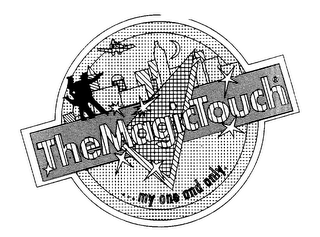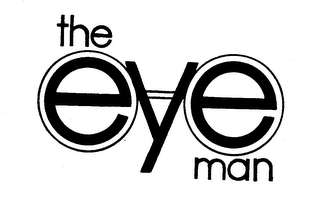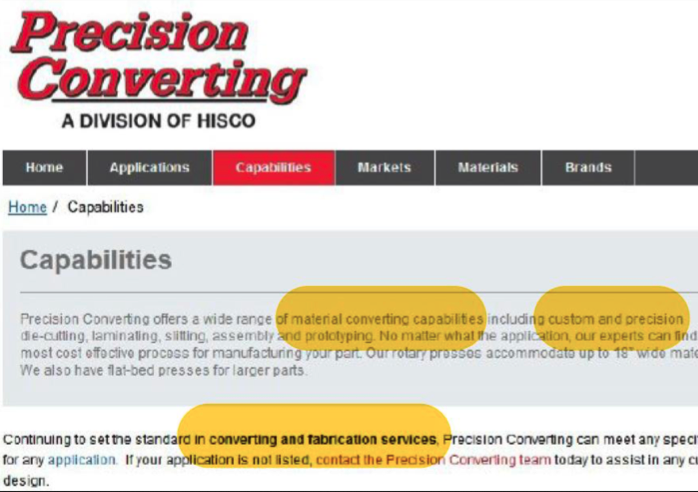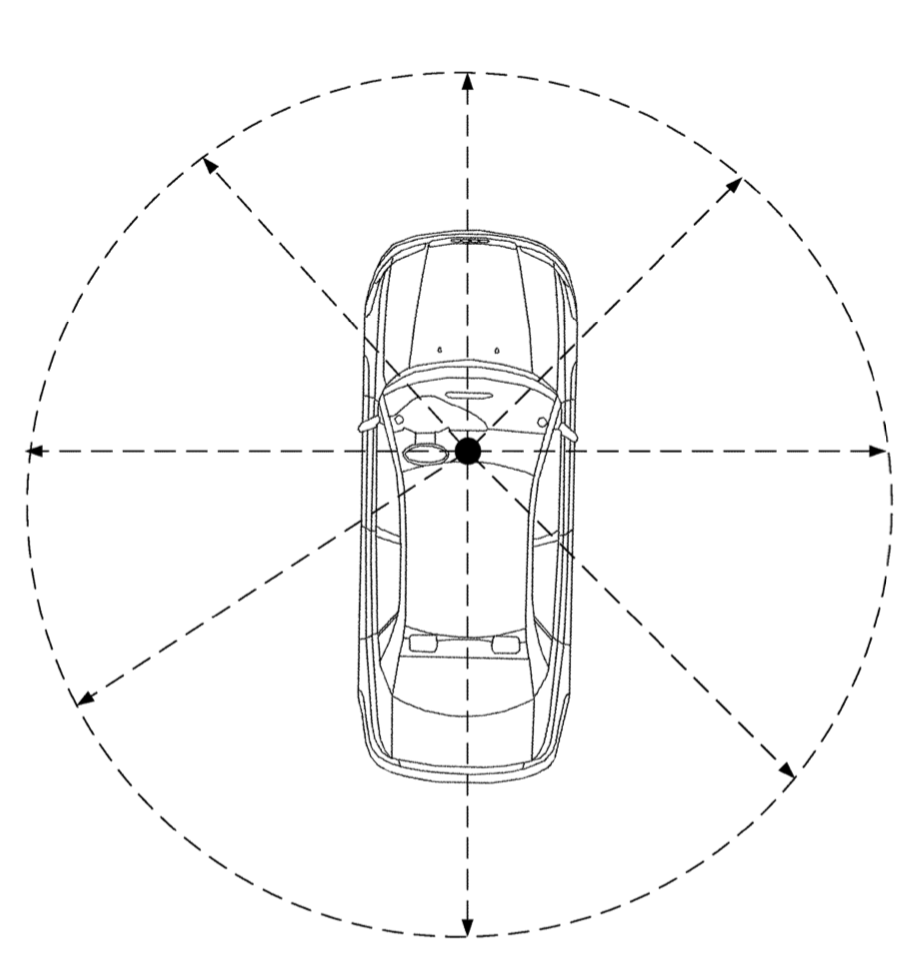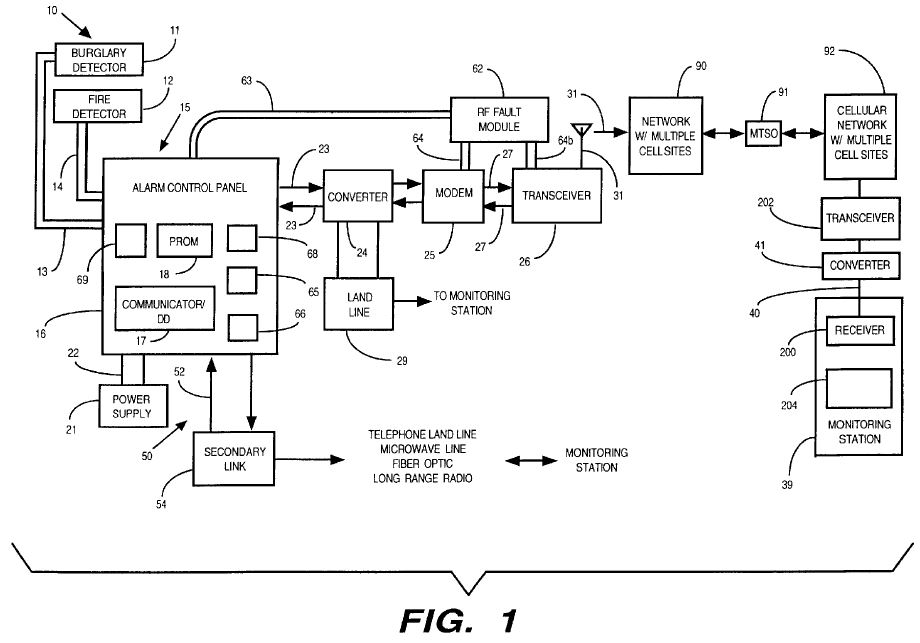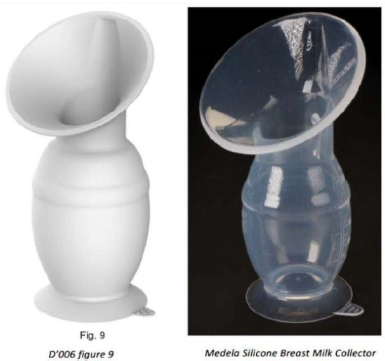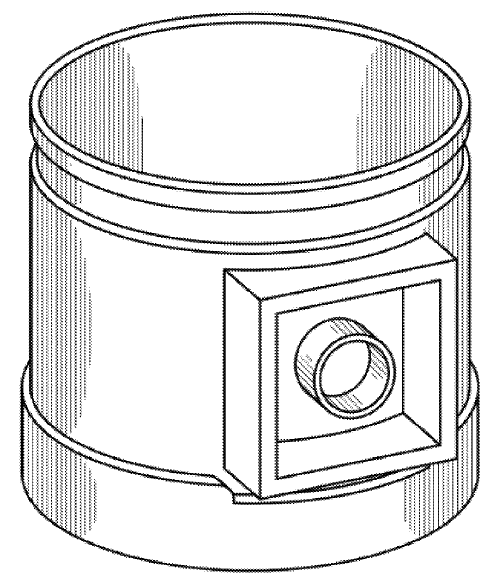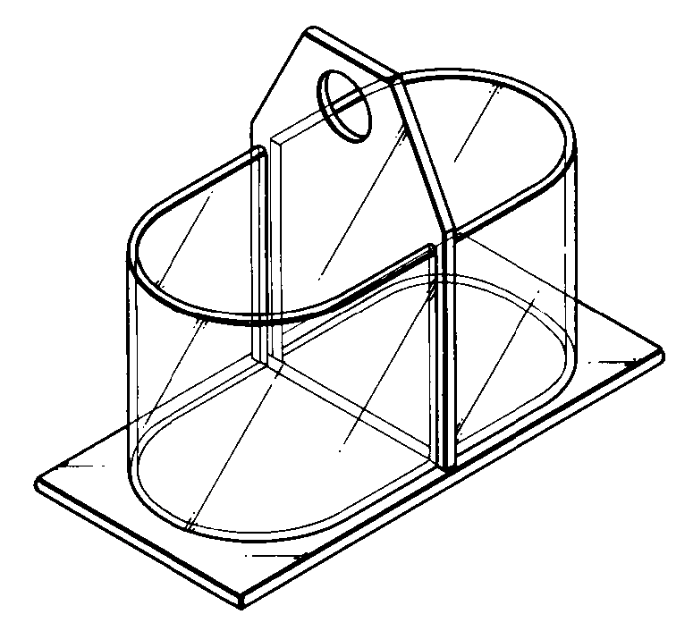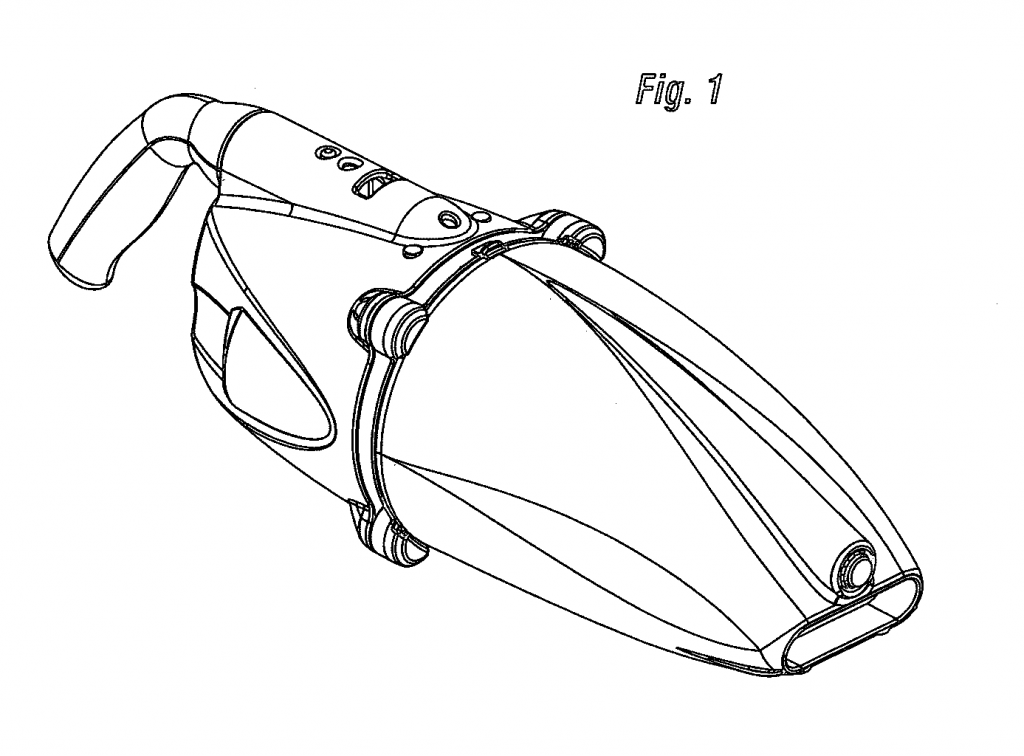Owning a copyright in software, like other copyrightable works, developed by another usually arises by an employment relationship or by a written agreement.
If the software is developed by someone other than an employee acting within the scope of his/her employment, then the contracting party needs a written agreement with the software developer. And needs to decide whether to characterize the work as a work made for hire or not in that written agreement. Below are some factors to consider in making that decision.
Work Prepared by an Employee Within the Scope of Employment
A party that is not the creator may be considered the author, and therefore the initial owner, of the work if the work is considered a work made for hire under the Copyright Act. A work made for hire arises in two contexts: (1) when an employee creates the work within the scope of their employment, and (2) under a written agreement where the work falls into 1 of 9 statutory categories and the parties agree in writing that the work is a work made for hire. 17 USC 101.
In the first case, the employer will be considered the author of the work made for hire and will own the work created by an employee when the work is prepared by an employee within the scope of his or her employment. 17 USC 201(b) provides, “In the case of a work made for hire, the employer or other person for whom the work was prepared is considered the author for purposes of this title, and, unless the parties have expressly agreed otherwise in a written instrument signed by them, owns all of the rights comprised in the copyright.”
Work For Hire or Assignment?
If the software is not created by an employee within the scope of his/her employment, then the question is whether to structure the arrangement as a work made for hire or an assignment under a written contract.
When the work is a work made for hire, the hiring/contracting party is considered the author of the work rather than the creator. This avoids the statutory right of an author to terminate an assignment or transfer rights under 17 USC 203. That section provides that for works other than works made for hire, the exclusive or nonexclusive grant of a transfer or license of copyright or of any right under a copyright can be terminated 35 or 40 years after the date of execution if certain conditions are met. This right of termination cannot be waived by contract. Therefore, since works made for hire are excluded from rights termination under section 203, they may be preferred, if available. However, software often changes quickly. Therefore, 35 years later, the software may no longer be commercially valuable or may have been completely changed. As a result, the risk of termination under section 203 might be low for software.
Also, characterizing the work as a work made for hire, may have employment implications. For example the California Labor Code § 3351.5 provides an employee includes “…(c) Any person while engaged by contract for the creation of a specially ordered or commissioned work of authorship in which the parties expressly agree in a written instrument signed by them that the work shall be considered a work made for hire, as defined in Section 101 of Title 17 of the United States Code, and the ordering or commissioning party obtains ownership of all the rights comprised in the copyright in the work.”
Therefore, characterizing a work as a work made for hire in connection with California may have the consequence of making the software contractor an employee under California labor code, with its attendant obligations.
Does the Work Qualify as a Work Made For Hire?
Outside of employment, for a non-authoring party to be considered the author of the work as a work made for hire, the work must be specially ordered or commissioned for use as one of nine categories of works and the parties must expressly agree in a written instrument signed by them that the work shall be considered a work made for hire. The nine categories are:
- as a contribution to a collective work,
- as a part of a motion picture or other audiovisual work,
- as a translation,
- as a supplementary work,
- as a compilation,
- as an instructional text,
- as a test,
- as answer material for a test, or
- as an atlas
Software is not a listed category. However, software development might fall in to one of the categories, such as a contribution to a collective work or a compilation or a part of other audiovisual work, depending nature and circumstances of the particular software development.
Further, it may be difficult to determine at the beginning of a project whether the software development will fall into one of the categories. Yet, it may not be necessary to make such a determination. Instead, alternative language can be used capturing subject matter that is eligible to be a work made for hire and capturing ineligible subject matter via an assignment.
Alternative Language Seeking Work Made for Hire with Fall Back to Assignment
When the parties desire the software development by non-employees to be a work made for hire, alternative language may be used in the applicable written agreement. The agreement will provide that the work is a work made for hire, but if the work does not qualify as a work made for hire, the creator/party hereby assigns the copyright in the work. Therefore, the agreement provides work made for hire language and present assignment language should the work not qualify as a work made for hire (because the work does not fall into one of the nine categories). In that way, the work will be considered a work made for hire if eligible under the statute, but if not, then ownership of the copyright is transferred by assignment.
Using work made for hire language only in an agreement without alternative assignment language may be risky. If the software development does not fall into one of the nine categories then it will not be a work made for hire, not withstanding what the agreement says. A parties’ agreement the the work is a work made for hire, does not make it so if the work does not fall into one of the 9 categories. And without fall back assignment language, ownership may not vest in the contracting party for such non-qualifying work.
A Writing is Needed
Regardless of whether software qualifies as a work made for hire, a written agreement is needed to own software developed by someone other than an employee within the scope of their employment. If the software falls into one of the nine categories, the Copyright Act requires the parties to expressly agree in a written instrument signed by them that the work shall be considered a work made for hire. If the software does not fall into one of the 9 categories, then ownership of the copyright from the authoring programmers or party must be transferred by a signed writing. This is required by 17 USC 204(a), which provides that “A transfer of copyright ownership, other than by operation of law, is not valid unless an instrument of conveyance, or a note or memorandum of the transfer, is in writing and signed by the owner of the rights conveyed or such owner’s duly authorized agent.” Therefore, even if the work is not a work made for hire, a signed writing transferring ownership is needed.
Conclusion
When software is to be developed by another, other than by an employee within the scope of their employment, a written agreement is needed to own the copyright in the software. Decide whether to structure the agreement as a work made for hire considering at least employment implications (such as in California) and termination rights under 17 USC 203. If it is desired to structure as a work made for hire, consider using fall back assignment language in case the work does not fall into one of the 9 categories and therefore does not qualify to be a work made for hire.
